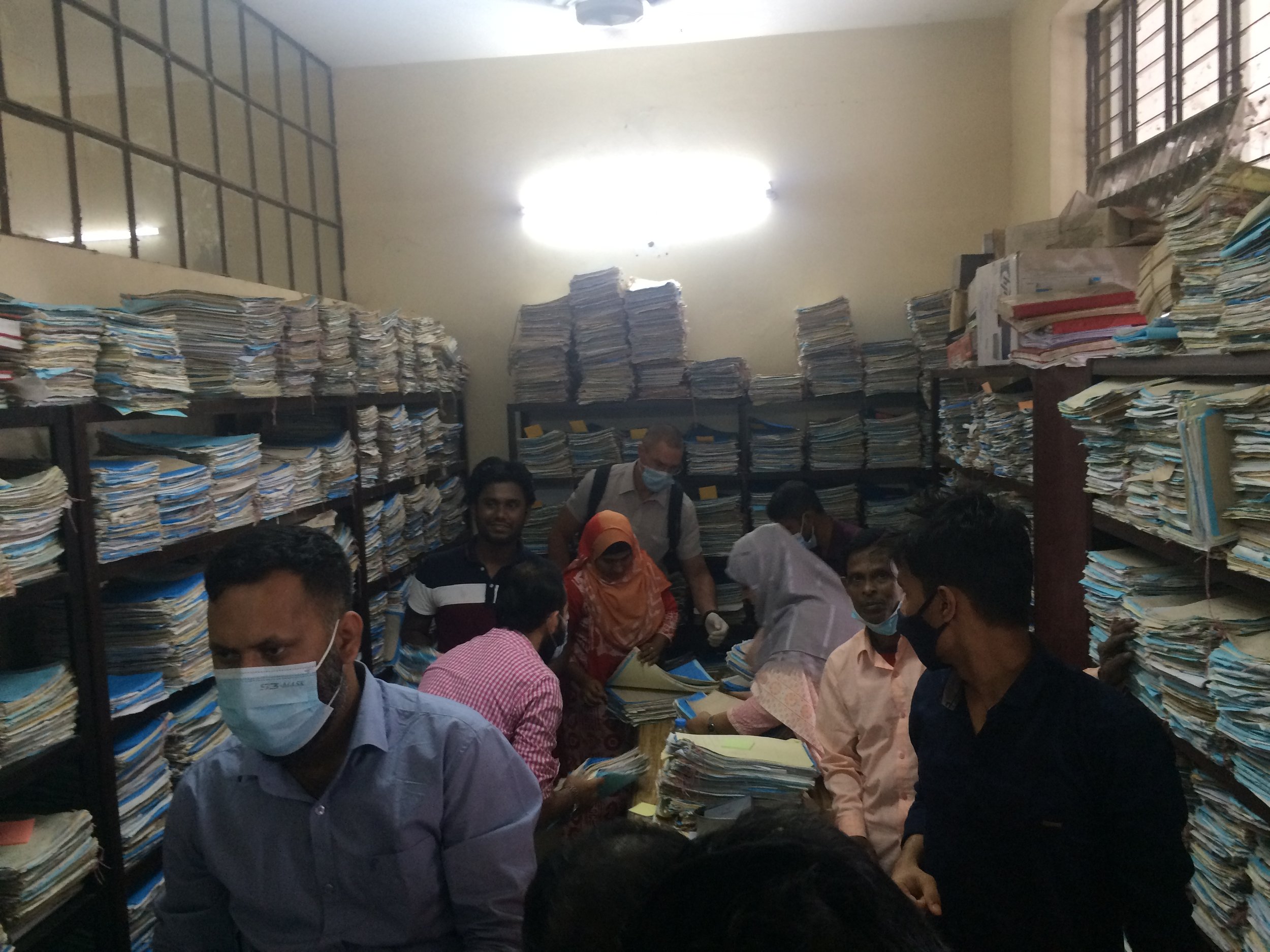What is the Court Audit?
An independent examination of registers and case files (by court) in line with basic performance indicators, accompanied by a physical verification of all files, to ascertain:
the accuracy of case data provided to the apex Court; and
efficiency of the system of case management in place.
To provide:
a detailed issue map of causes of delay in case disposal and case backlogs; and
a set of 'off-ramps' within the existing laws and procedures at each stage of the justice process (starting at police) to filter and clear cases, framed as
a series of practicable Case Management Orders (CMOs) addressed to police, prosecutors and judges/magistrates to reduce the caseload.





Context in which it is needed
Courts are congested in many countries causing high case backlogs with long delays in case disposals often taking years.
Causes usually go beyond a shortage of capacity (i.e.: number of courts, or judges) and point to systemic problems (for instance, inefficient case management; inadequate use of restorative justice options in appropriate cases / diversion by police).
Solutions often include measures to divert disputants/offenders before the matter comes to a court.
Target Audience
Supreme or Apex Court
…to provide an opinion whether, based on the inspection, data on cases reported up the chain are accurate and management of files meets basic performance indicators - efficiency, effectiveness etc.
Justice Institutions
…police, prosecution, legal aid as well as courts: to offer language for directives, guidelines and practise directions in the form of Case Management Orders to alleviate the current situation and ensure performance indicators are met in the future.
Court Users
…to speed up case disposal in the lower courts.
Approach
Six Steps
All steps: 3 months
Why it works
It is problem-solving.
The physical verification of case files and interviews of court administrators clarify case management.
The inspection of sample case types identify causes of slow pace of case disposal: enable judiciary / court administrators to break down the problem and organise 'bite-size' groupings of cases to be prioritised.
Case Management Orders across the justice system provide direction on case filtering and case clearing within the provisions of the existing law.
LEADERSHIP | The Court Audit is led and implemented by an international team of criminal justice experts.
The Court Audit is led by
Johann Kriegler
A Founding Justice
Constitutional Court
South Africa
and advised by
Thomas F. Geraghty
Class of 1969 James B. Haddad
Professor of Law, Emeritus
Northwestern University
Pritzker School of Law
Chicago, IL, USA
Program implementation is carried out by
The Governance and Justice Group
The Governance and Justice Group (GJG) was founded in 2009 as an association of individual practitioners from many countries to help develop solutions to practical problems arising in the administration of criminal justice. The GJG works with governments, intergovernmental and non-governmental organisations as well as a range of international development agencies and universities.
Justice Mapping
Justice Mapping (JM) is a consulting network of subject area experts and information technology specialists who study criminal justice operations and surrounding conditions at the local level. JM produces data visualisation tools designed to help philanthropies, policymakers, and advocates reframe justice policy around places, coordinate operations in neighbourhoods, and reinvest in safer communities
For more information, visit
www.justicemapping.org
or contact Eric Cadora at
ecadora@justicemapping.org








